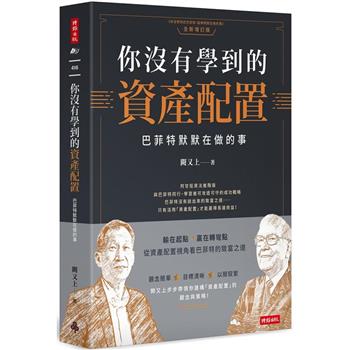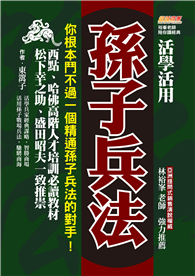Head-movement has played a central role in morpho-syntactic theory, but its nature has remained unclear. While it is widely accepted that the main grammatical constraint controlling head-movement is the Head Movement Constraint (HMC), this constraint is flouted in many of the linguistic structures examined in this book. More specifically, the strictures of the HMC turn out to be sometimes inactive for specific grammars allowing multiple head-movement to take place in particular syntactic contexts.
In The Grammar of Multiple Head-Movement, Phil Branigan shows that multiple head-movement is far from rare, forming a part of the grammar in Finnish, in English, in Perenakan Javanese, in northern Norwegian and Swedish dialects, and generally in the Slavic and Algonquian language families. Basing his analysis on a new model of the grammatical parameters which control word formation in the human brain, Branigan shows how careful attention to the contexts in which multiple head-movement takes place allows new generalizations to be identified. And these, in turn, allow a new model to be formulated of how head-movement fits into the overall architecture of grammatical computation. Through careful comparative study, Branigan not only provides a better understanding of head-movement, but also provides new opportunities to address larger questions concerning the architecture of the grammatical system and the theory of linguistic parameters. A new account of how complex words are formed in languages as different as Russian or Innu-aimun, as well as in English, this study deepens our understanding of how languages vary and of the mental computational system of human grammars.| FindBook |
有 1 項符合
The Grammar of Multiple Head-Movement: A Comparative Study的圖書 |
 |
The Grammar of Multiple Head-Movement: A Comparative Study 作者:Branigan 出版社:Oxford University Press, USA 出版日期:2023-03-08 語言:英文 規格:精裝 / 384頁 / 普通級/ 初版 |
| 圖書館借閱 |
| 國家圖書館 | 全國圖書書目資訊網 | 國立公共資訊圖書館 | 電子書服務平台 | MetaCat 跨館整合查詢 |
| 臺北市立圖書館 | 新北市立圖書館 | 基隆市公共圖書館 | 桃園市立圖書館 | 新竹縣公共圖書館 |
| 苗栗縣立圖書館 | 臺中市立圖書館 | 彰化縣公共圖書館 | 南投縣文化局 | 雲林縣公共圖書館 |
| 嘉義縣圖書館 | 臺南市立圖書館 | 高雄市立圖書館 | 屏東縣公共圖書館 | 宜蘭縣公共圖書館 |
| 花蓮縣文化局 | 臺東縣文化處 |
|
|
圖書介紹 - 資料來源:博客來 評分:
圖書名稱:The Grammar of Multiple Head-Movement: A Comparative Study
內容簡介
作者簡介
Phil Branigan is Professor in the Linguistics department at Memorial University of Newfoundland. He is the author of Provocative Syntax (2010). His research has included minimalist studies into the morphosyntax of a variety of lesser-known languages, including Innu-aimun, East Cree, Inuktitut, Chukchi, and Kazakh, as well as more widely known languages in the Germanic, Romance and Slavic language families.
|









